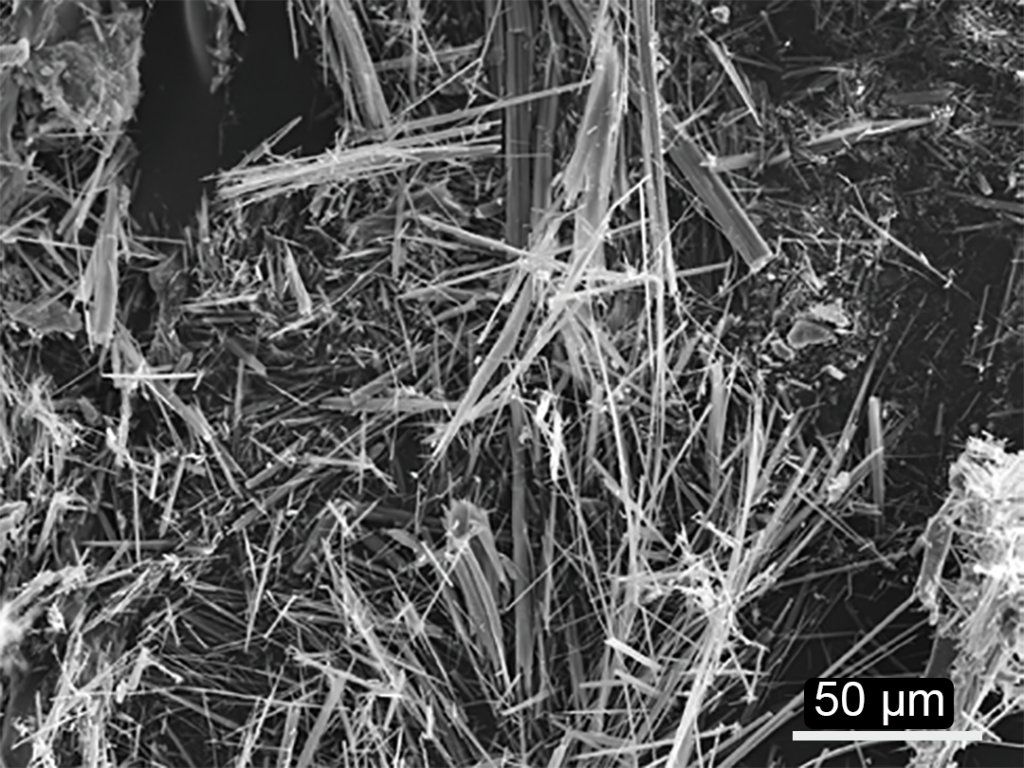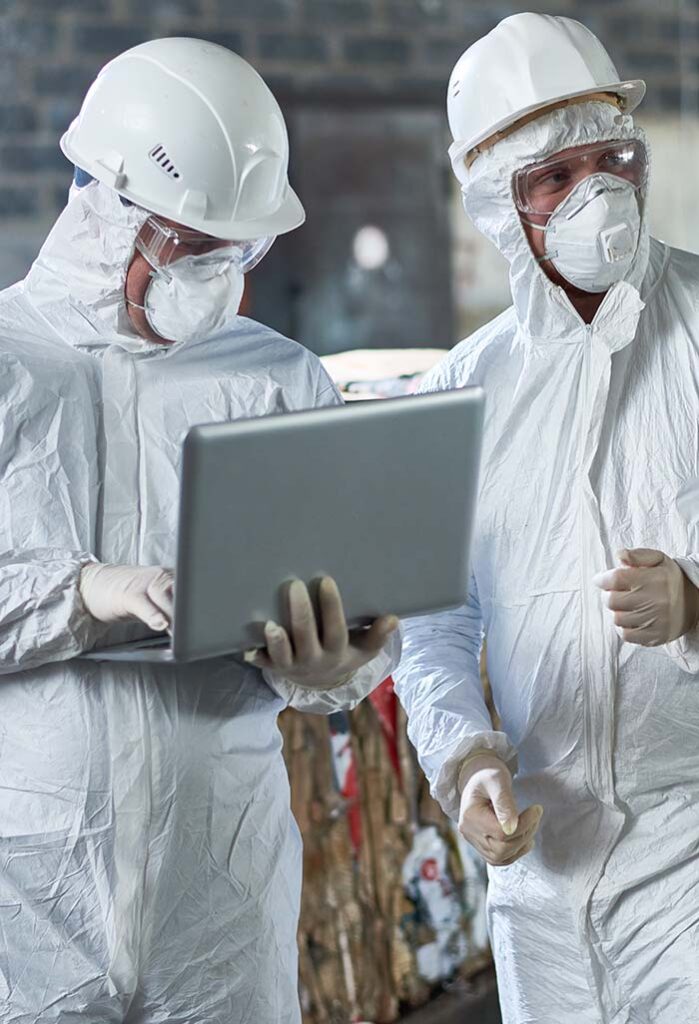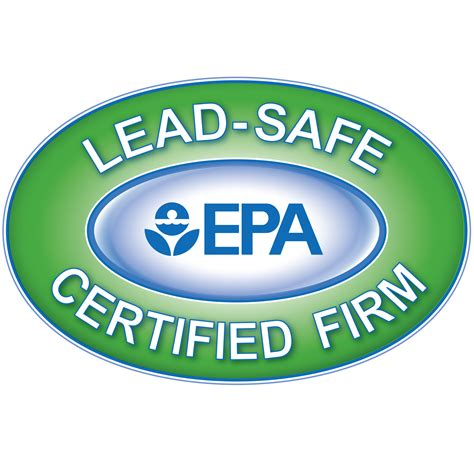Asbestos Abatement Services
If you’re a homeowner, contractor, business owner, follow the proper steps and call us for a free in home quote.

PROFESSIONAL SERVICES
ASBESTOS ABATEMENT
If you’re a homeowner, contractor, business owner, follow the proper steps and call us for a free in home quote.
There is a regulated process to remove and dispose of asbestos carcinogens in California, that’s we’re here to help. We use our extensive industry knowledge and years of experience to provide asbestos abatement services.
Let's Get Started!
Contact us today to learn more or to get started on your commercial or residential project.
TRUST THE EXPERTS
PROFESSIONAL ASBESTOS ABATEMENT IN SAN DIEGO
If you’re a contractor, business owner, or homeowner, you are most likely already aware of how dangerous the presence of asbestos in your building can be. It’s imperative to have it removed in any building, and the easiest time to do so is when changing the internal structure of a building (such as during a remodel or tear down).
It takes a very specific process to remove and dispose of asbestos in California, and that’s where our team at High Standards Abatement comes in. Asbestos removal is our #1 requested service. We use our extensive industry knowledge and decades of experience to provide asbestos abatement.

DON’T DELAY
WHY ASBESTOS REMOVAL IS ESSENTIAL
For any building, including residences, it is crucial to get the asbestos out for the safety of your patrons, guests or anyone else entering the property. Because the removal of asbestos must follow specific federal and state regulations and permits (requiring the packaging, sealing and disposing being done very carefully), it’s important to hire a professional for your San Diego abatement needs.
We have over 20+ years of experience, making the High Standards Abatement team highly knowledgeable industry experts on these processes.
In addition, we have the most up-to-date safety equipment for the job, including bodysuits and respirators, for our highly trained professionals.
To learn more about our asbestos removal services or to get started:
LEARN MORE
Asbestos Abatement FAQS
Asbestos is a naturally occurring mineral composed of soft and flexible fibers that are resistant to heat, electricity and corrosion. These qualities make the mineral useful, but they also make asbestos exposure highly toxic. Asbestos is an effective insulator, and it can be used in cloth, paper, cement, plastic and other materials to make them stronger; however, when asbestos dust is inhaled or ingested, mineral fibers can become permanently trapped in the body.
Over decades, trapped asbestos fibers can cause inflammation, scarring and eventually genetic damage. Asbestos also causes other forms of cancer as well as progressive lung disease.
Structures built between the 1930s and the 1980s likely contain the mineral in some form. Asbestos was used in thousands of consumer products that were used in the construction of buildings across the country. Today, the carcinogenic material is still found in many structures, exposing asbestos to people in their homes, workplaces, and schools. Asbestos is typically found in:
- Air duct coverings
- Automobile clutches and brakes
- Door gaskets
- Exterior window panels
- Floor and walls around wood-burning stoves
- Gutters
- Heat-resistant fabrics
- Hot water and steam pipes coated with asbestos material
- Insulation
- Oil, coal furnaces, and door gaskets with asbestos insulation
- Pipes
- Popcorn ceilings
- Roofing and siding shingles
- Textured paint and patching compounds on walls and ceilings
- Vinyl floor tiles, vinyl sheet flooring, and adhesives
- Water tanks
Technically, the term ‘asbestos’ refers to six unique minerals — chrysotile, amosite, crocidolite, anthophyllite, tremolite and actinolite. Chrysotile (white asbestos) is the most commonly used form of asbestos, while Amosite (brown asbestos) was used most frequently in cement sheets and pipe insulation. Crocidolite (blue asbestos) was commonly used to insulate steam engines, and Anthophyllite, Tremolite, and Actinolite are much less common and rarely found in commercial structures.
Yes, scientific studies show exposure to asbestos is linked to several diseases, including cancers. Mesothelioma is a type of cancer almost exclusively caused by asbestos exposure. The mineral also causes asbestos-related lung cancer, ovarian cancer and laryngeal cancer.
Other asbestos-related diseases include:
- Asbestosis
- Pleural effusions
- Pleural plaques
- Pleuritis
- Diffuse pleural thickening
- COPD
Having information about your potential contractor can help you make a more informed decision when it comes to hiring. Here are some questions you should ask before hiring an asbestos contractor:
- Are you licensed by the California Department of Health as an asbestos contractor?
- How much will the asbestos removal cost and what does the cost include?
- What type of clients have you performed asbestos abatement for in the past?
- Do you have any references?
Before the abatement process begins, you should receive a written contract outlining all abatement plans and procedures — including details about the containment and decontamination areas, procedures for removal and disposal, and the regulations your company is required to follow. The abatement process includes:
Regulating the Work Area: Once workers arrive on site, they will begin the asbestos abatement process by setting up a containment area. This process involves sealing air ducts, disabling HVAC systems, setting up negative pressure equipment, and plasticizing walls, floors, ceilings, and any other necessary areas.
Proper Demarcation: The work site should be clearly marked as a hazardous area and only workers should be permitted.
Removing Asbestos Materials: Workers will use special equipment to remove asbestos-containing material. Afterward, the material is double bagged in asbestos disposal waste bags, sealed, and stored in a designated dumpster with a protective poly lining.
Cleanup Procedures: Once asbestos-containing material is removed from the home or building, any equipment used or clothing worn by workers must also be properly removed in order to prevent contamination of any other areas of the building.
Afterward, the area is thoroughly cleaned and a high-efficiency particulate air (HEPA) vacuum is used to gather small particles of dust. Following the removal of all asbestos-containing material, it is required that the area is tested by a third-party certified air sampler. This ensures that the abatement contractor followed proper procedures during the abatement process and any airborne asbestos is well below permissible levels.



